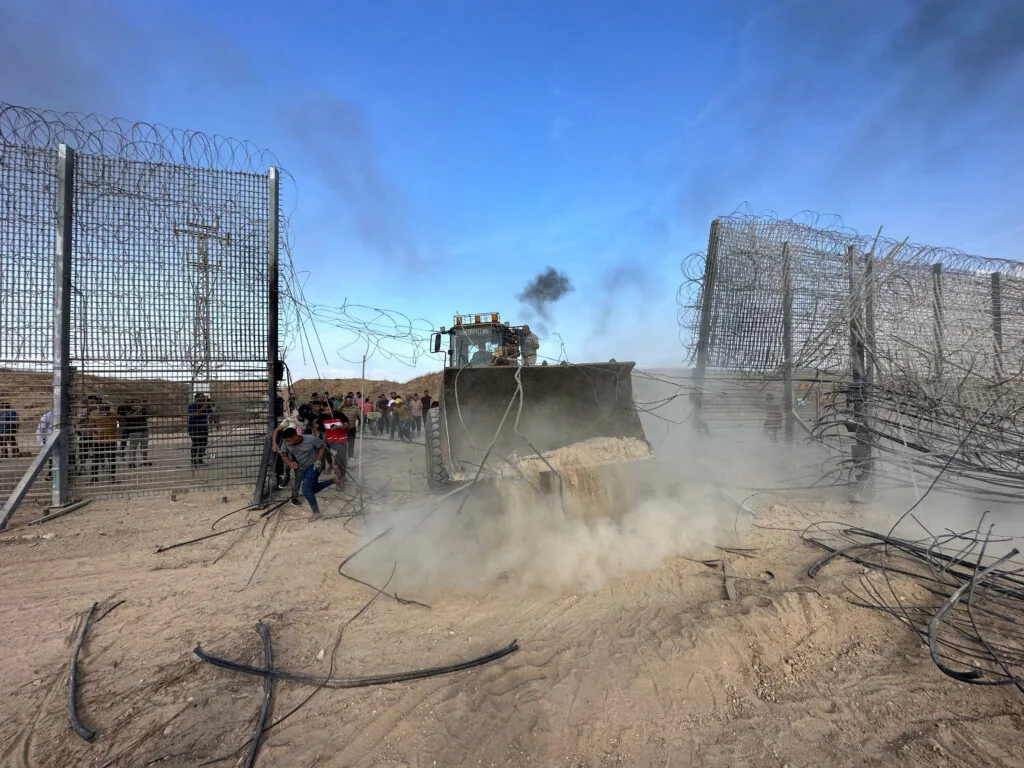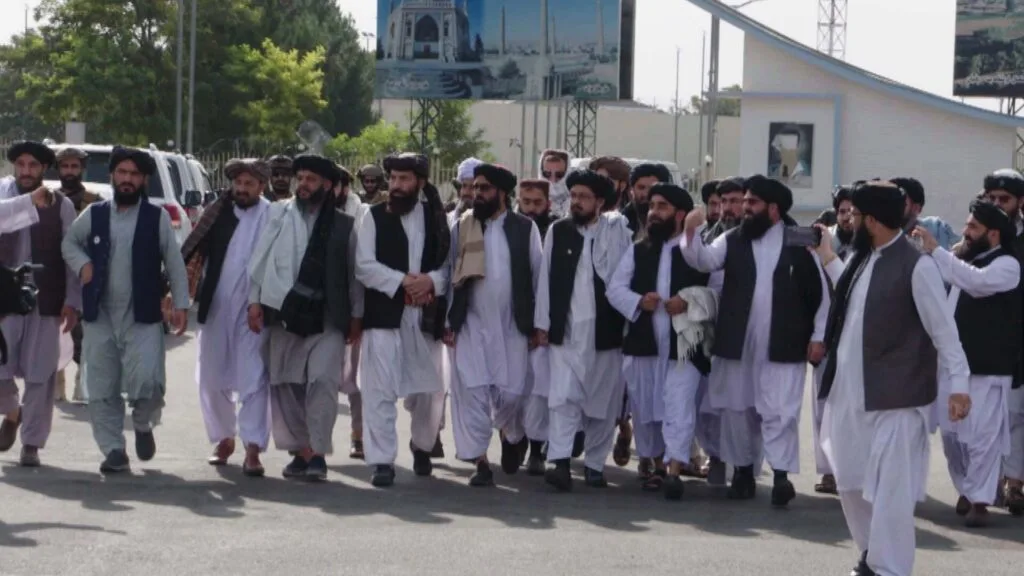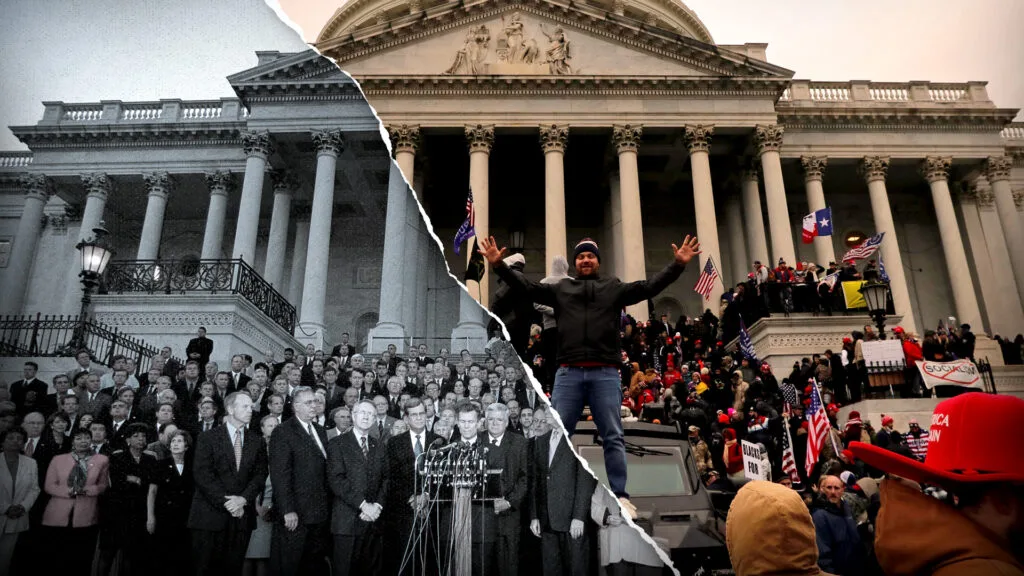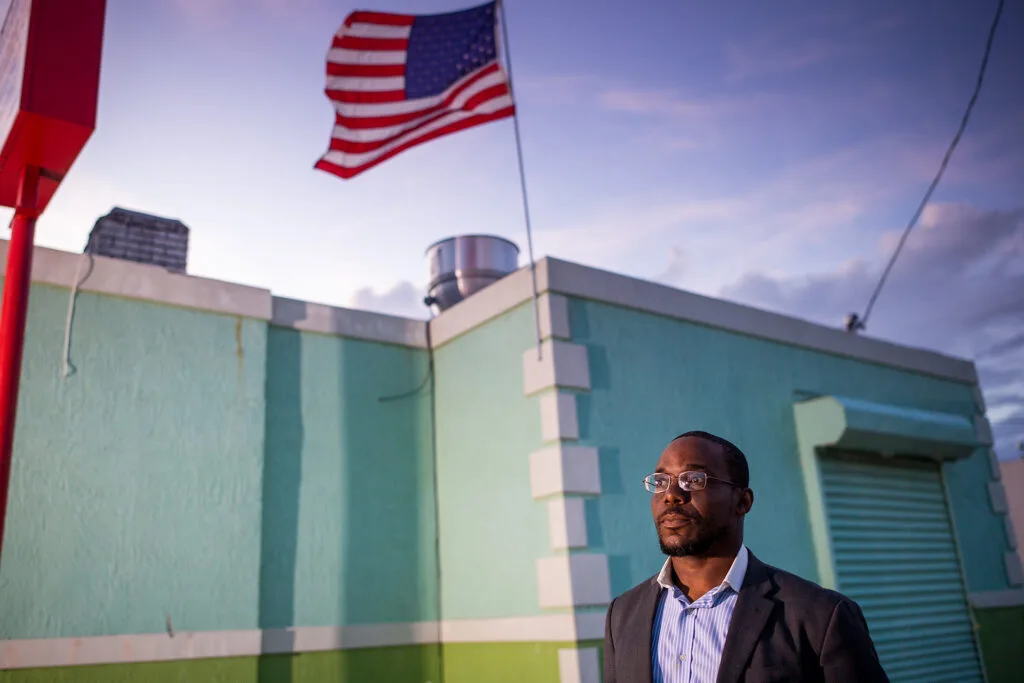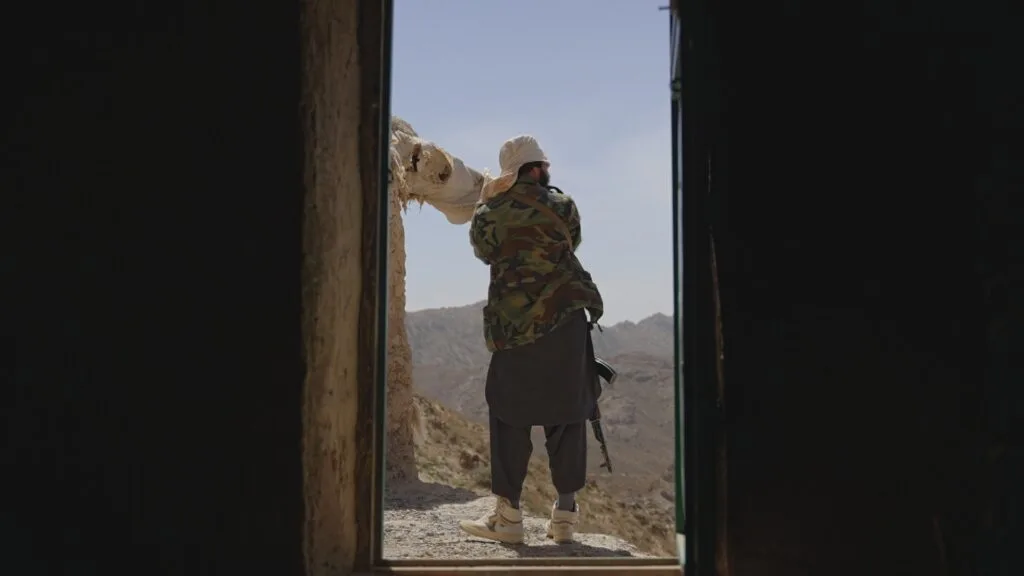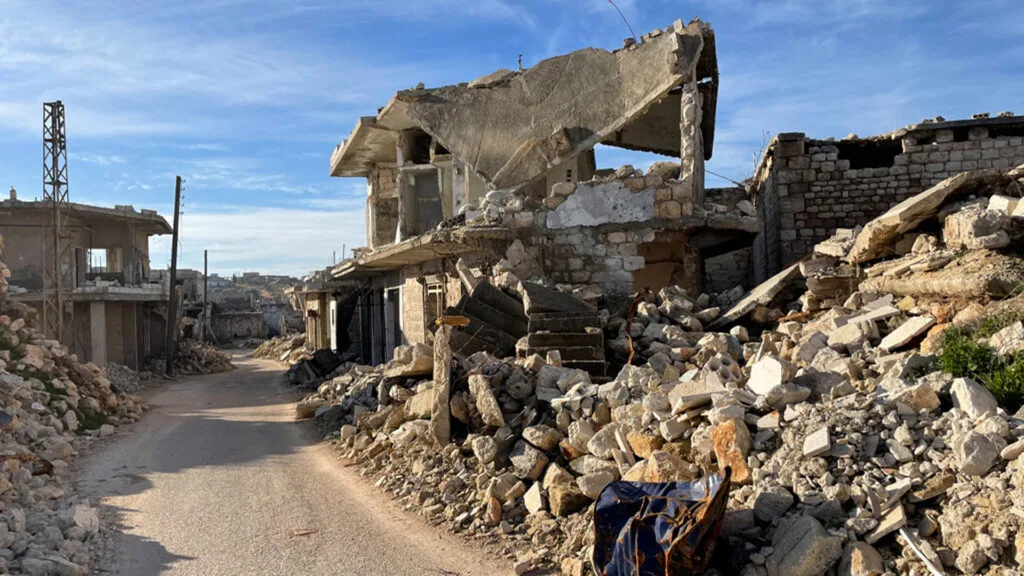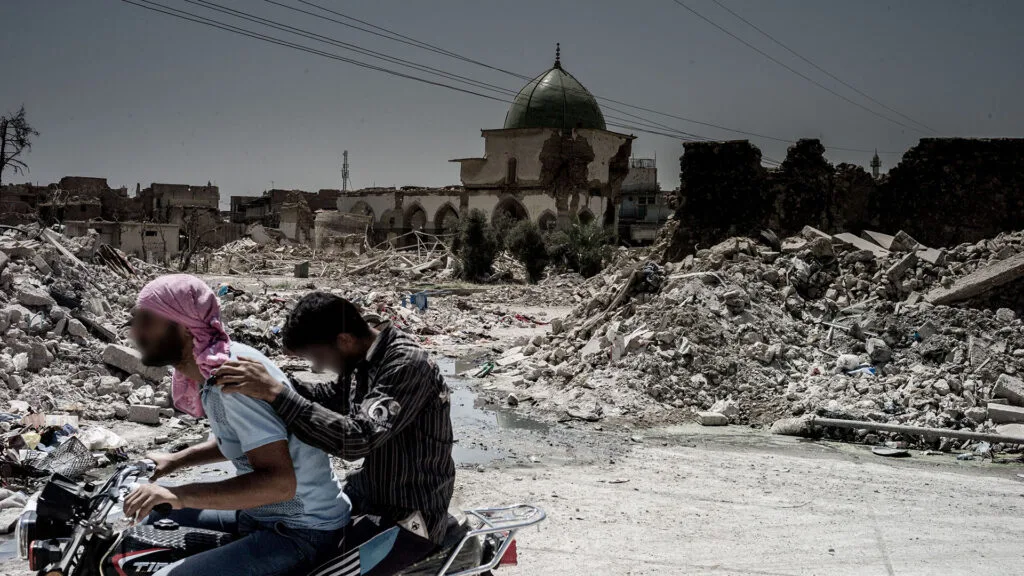Al Qaeda Exploiting the Conflict in Yemen, says Pentagon Chief
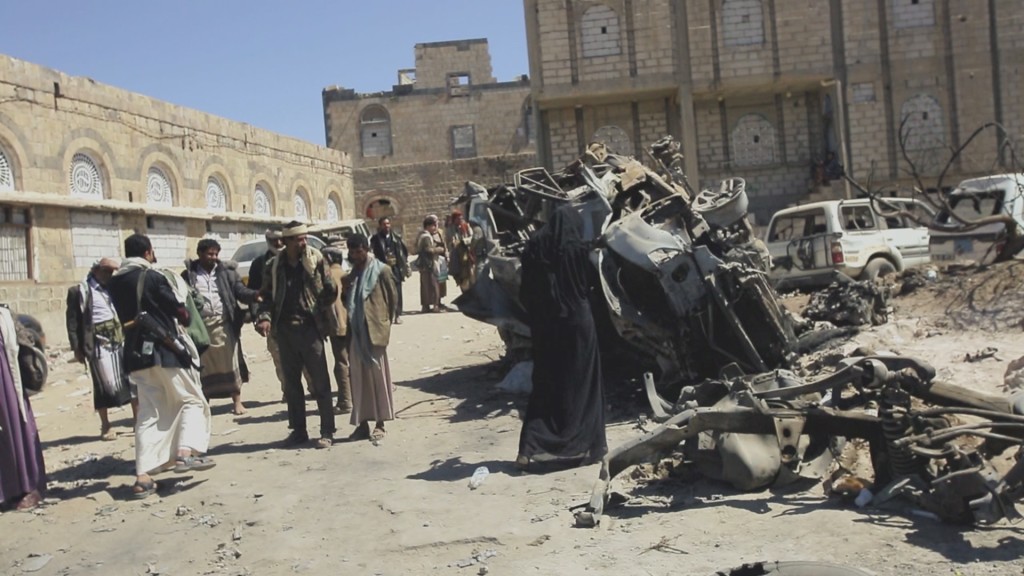
April 8, 2015
Share
Al Qaeda in the Arabian Peninsula has moved to seize territory in Yemen, taking advantage of the ongoing conflict there, Defense Secretary Ashton Carter said on Wednesday.
Speaking at a news conference in Tokyo, Carter said the United States was observing Al Qaeda’s Yemen affiliate “making direct gains on the ground there as they try to take territory, seize territory in these battle lines, which involve actually several factions.”
The major conflict in Yemen is currently between the Houthis, a rebel movement from the country’s north, and forces loyal to President Abdu Rabbu Mansour Hadi. But while the Houthis and Al Qaeda’s Yemen affiliate — known as AQAP — are sworn enemies, the Houthis’ advance into the south of the country has allowed AQAP to gain the support of some Sunni tribes wary of the Houthis’ Zaydi Shiite faith.
Carter’s remarks reflect what analysts have been warning of since the unrest in Yemen began. “This whole situation has thrown Yemen into political uncertainty, accentuating the power vacuum that Yemen has experienced for quite some time,” Adam Baron, a visiting fellow at the European Council on Foreign Relations, told FRONTLINE in January.
Carter added that the United States was particularly concerned about AQAP “because in addition to having other regional ambitions and ambitions within Yemen, we all know that AQAP has the ambition to strike Western targets, including the United States.”
U.S. officials have long considered AQAP to be Al Qaeda’s most dangerous affiliate. Al Qaeda militants in Yemen were linked to the 2000 USS Cole bombing in the port of Aden, and later AQAP was tied to several foiled plots targeting the U.S. homeland, including the would-be underwear bomber and a plan to blow up airplanes using explosive-filled printer cartridges.
In the aftermath of the Houthi takeover, the U.S. has been forced to scale back some of its joint counterterrorism efforts in Yemen, although officials maintain it still has the capability to carry out drone strikes. The U.S. also closed its embassy in late January and evacuated its special forces in late March.
Also Read: Who’s Who in the Fight for Yemen
Last week, AQAP took advantage of the chaos and broke into a prison in the southern city of Al Mukalla, releasing hundreds of prisoners including a top regional Al Qaeda commander. The militants also seized several government buildings, and were able to capture U.S.-made vehicles and equipment after Yemeni troops fled their bases. Witnesses cited by The New York Times said AQAP also raided the central bank in the city.
“Yemen was always an area where Osama bin Laden used to recruit,” Ali Soufan, a former FBI special agent in Yemen who investigated the bombing of the USS Cole, told FRONTLINE. He said that non-state actors like AQAP are “the only people who benefit from such vacuums” as the one created by the current fighting.
“Unfortunately, we are going to start seeing them benefiting from the sectarianism in Yemen.”
Related Film: The Fight for Yemen
With Yemen in chaos, a gripping report from the heart of the escalating conflict.

Related Documentaries
Latest Documentaries
Related Stories
Related Stories
Policies
Teacher Center
Funding for FRONTLINE is provided through the support of PBS viewers and by the Corporation for Public Broadcasting. Additional funding is provided by the Abrams Foundation; Park Foundation; the John D. and Catherine T. MacArthur Foundation; and the FRONTLINE Journalism Fund with major support from Jon and Jo Ann Hagler on behalf of the Jon L. Hagler Foundation, and additional support from Koo and Patricia Yuen. FRONTLINE is a registered trademark of WGBH Educational Foundation. Web Site Copyright ©1995-2025 WGBH Educational Foundation. PBS is a 501(c)(3) not-for-profit organization.

